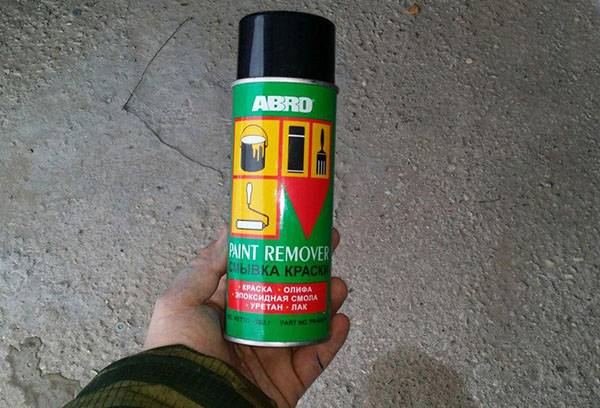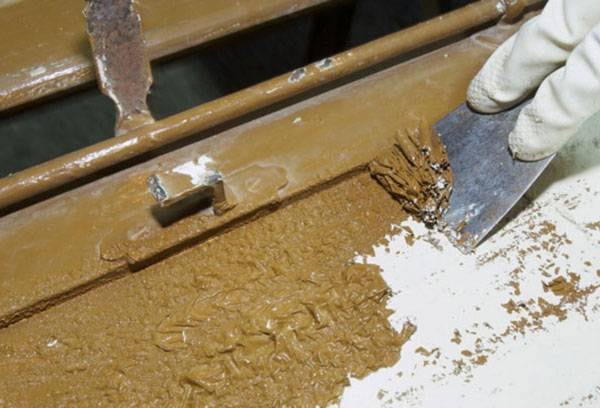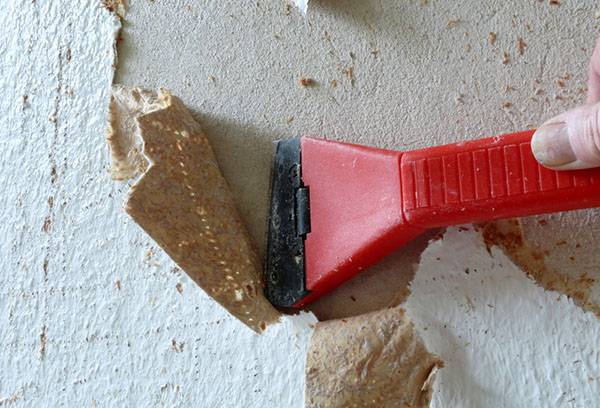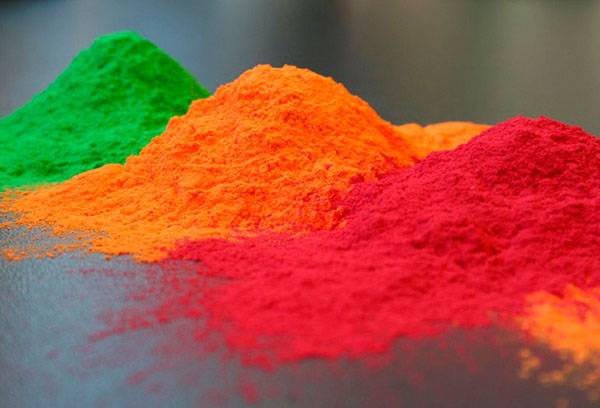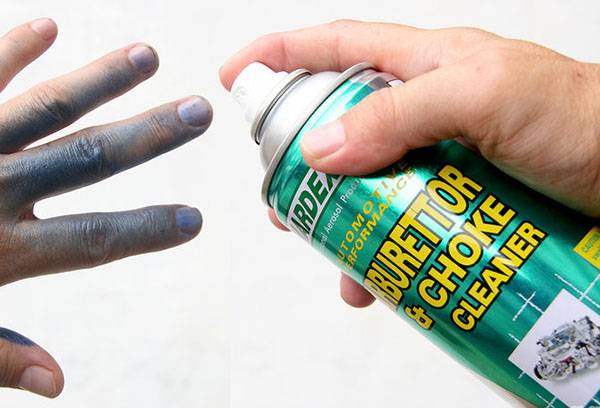Overview of paint removers for different types of materials
Content:
When mentioning metal paint removers, many immediately recall 646 solvent. However, this tool does not always work, most often the coloring element is simply smeared on the surface, leaving stains.
There are many types of pigments that differ in their composition and fall in different ways on different materials. Below, several washes and methods for removing pigment from wood, metals, and leather will be described.
There are several types of solvents that help remove pigment, differing in their state of aggregation and method of application:
- liquid or gel;
- aerosol.
Ingoda is found on a powder basis, but it is extremely difficult to find them. For each type of paint, one or another type of remover is selected depending on its composition and the material on which it is applied.
Metal paint removers
Most often, a metal paint remover is used in services specializing in auto repair. In addition, they can be used to clean other structures made of this material, such as the walls of garages and hangars. Removing old paint from metal is much easier than from wood, since its layer is on the surface, clinging to microcracks in the material.
Many of the car manufacturers use acrylic as the basis for coloring compounds. On its basis do:
- acrylic paints;
- metallic;
- nacre;
- acrylic lacquer.
Alkyd was also common before, but now it has been abandoned due to difficulties in application and further exploitation.
There are several manufacturers who produce tools to remove pigment from metal of various classes.
- B-52 - gel wash.
This tool not only helps remove pigment, but also corrodes corrosion, most often it is used to remove rust and rot from metal.
- Body 700, "Prestige" - gel washes.
Both tools are quite popular, they are applied to the surface of car parts with a brush, after drying, the material peels off from the metal in layers, and it is easy to remove with a spatula.
- Abro PR-600 - aerosol wash.
This product is applied to the surface with an aerosol. This is its main drawback, since part of the wash scatters in the air, bypassing the metal, and can get on exposed skin, causing irritation. After drying, the material, as well as after gel washes, can be removed with a simple spatula.
- Kompozit СП-6 and Bosny - liquid washes.
They are applied in the same way as gel, with a brush. Due to its fluidity, they are not very common, as are aerosol ones, as they can get on the skin or other undesirable areas.
Tip
When using materials to remove old paint from metal, it is necessary to use protective equipment: gloves and respirators. This is due to the fact that all these substances are harmful enough to human skin.
In services, these tools are used to remove the old coating from the car because to completely peel off the washes it is enough to interact with the surface in just a few seconds. After that, the car is treated with a degreaser for subsequent processing.
Tip
To improve the effect of paint removal work, it is better to carry it out in a warm, ventilated room, these conditions will speed up the removal process.
Wood paint removers
In order to remove paint from a tree, many use sandpaper, but this method has its drawbacks, the main one being that the "skin" quickly clogs and stops peeling off the pigment substance. For a faster and more reliable effect, special washes are used.
The tool for removing paint from wood is most often used in the construction industry. It is used to remove a layer of pigment from the walls of houses or furniture. Unlike metals, many different types of paints can be applied to the surface of wooden walls, since the adhesion of this material is higher. In addition to acrylic and alkyd, nitro-paints and oil pigments are widespread. Some paints are absorbed, some remain on the surface.
To remove pigment from walls from wood, liquid and aerosol products are best suited. Many of them act on the same principle. After application for 15-20 minutes, the coloring matter is removed from the tree and foams on its surface.
The chemicals used in the washings are very corrosive and harmful to human skin; when using them, it is also necessary to work with a respirator and gloves.
Alternative
Removing old paint from walls from wood using chemicals or washes is a long and exhausting process. Most often, the so-called thermal method is used for this. The paint is heated with a construction hairdryer, after which it can be easily cleaned with a spatula.
This is especially convenient when there are large areas, for example, when cleaning the walls of an old house.
Paint strippers for concrete
Now concrete walls are much stronger than wood and metal. They are usually painted with oil paints, since they give a thick layer when applied.
Oil-based paint remover is widely used to remove them. It penetrates the pigmenting material and softens it, facilitating removal. Such mixtures are safer for human skin, but their prolonged use can still lead to minor damage.
Powder Remover
There are types of paints that are difficult to remove using conventional means used for acrylic or oil. Special washes are developed for them.
So, most solvents are not capable of removing powder paint from wooden surfaces, since such coatings are applied at high temperatures, which is why they are soldered to the surface and form a more dense layer. In order to wash them off the walls, it is necessary to purchase special products, which, in turn, have poor contact with other substrates.
Powder paint can relieve metal parts more easily, since any gel wash can corrode it.
Skin Remover
After painting a car or walls, dried and poorly washed paint particles most often remain on the hands, regardless of whether the structure is made of wood, metal or concrete. They must be removed without damaging one's own health. In such cases, use a special tool to remove paint from the skin.
The most common methods of wiping pigment from the skin are acetone and solvent 646. Each product easily rinses off minor oily residues on the hands. It is worth noting that these substances do not corrode the paint, but dilute it.
The composition is applied quite simply. To do this, take a small rag and moisten in a wash, after which briefly rub the place where the pigment got. After cleansing, the skin at the point of contact with chemicals must be washed with running water to avoid prolonged contact and chemical burns. All means help from any paint, but you can get rid of powder with plain water, since high temperature is necessary for its adhesion.
But in addition to construction, a heavily washed pigment can remain after hair dyeing, most often women encounter this. In order to remove unwanted spots from the skin, there are special cosmetic thinners that allow you to remove the coloring elements from the scalp without harm. Some housewives instead of expensive means use alcohol, hydrogen peroxide or vinegar.
